The following text is a slightly modified machine translation and may have some unnatural parts.
==Introduction==
There is a temple called Kannon-ji in Shinko town, Hamada City, and there is a small shrine dedicated to the dragon god. According to the genealogy, "In addition, in front of the gate of this temple," Ryugu Sonsatsu (noble letter of doragon palace)"is enshrined as the general tutelary of the former Hamada territory."
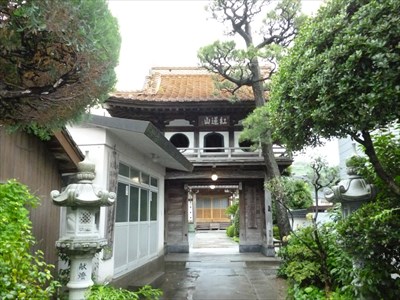
Kannonji Temple
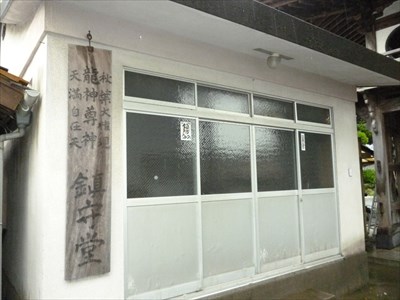
Dragon god's small shrine

Small shrine
According to Shunpei Kojima, "Ryujin-san (Dragon god) and Iwami Fishermen," this small was opened in 1806 by the Hamada Domain, with the fishermen from Gotsu to Masuda as the applicants from Dewa Province Shonai (Tsuruoka City, Yamagata Prefecture). It is said that it was erected by soliciting the Shintai (object of worship).
The tutelary amulets of Zenpo-ji Temple in Mt. Ryutaku and the small shrines of the Great Dragon King and the Great Dragon Woman are miraculous, and it seems that this dragon god was deeply worshiped as if they prayed and it would resonate.
==Sea lion feeding damage==
It is said that it was a solicitation by the public and private sectors in the territory of the Hamada domain, which suffered from sea lion feeding damage, as the wooden board struck on the beam said "sea lions retreated". They bother to go to Zenpo-ji Temple in Dewa country (Tsuruoka City, Yamagata Prefecture) to solicit.
According to the chief priest of Zenpo-ji Temple, "My Ryuo (Dragon King) Shrine has never been allowed to other countries since ancient times, but since it was coaxed, I will allow it to be enshrined at your temple." And they gave special permission. It took three months for this journey.
According to "Ryujin-san and Iwami Fishermen", the climate was cold during the Bunka era, so sea lions may have been seen in the Iwami region as well. In addition, there is a description that sea lions were seen on Setogashima Island in Hamada City in "Iwami Gaiki", a geography of the Edo period.
Many Japanese sea lions lived in Takeshima island, but during the Meiji era, they were overfished by a trader who expected the demand for fur and oil from the Russo-Japanese War, and the number was greatly reduced. Today, it is said that the habitat has been destroyed and extinct.

Stuffed Sea Lions
I actually observed the stuffed male sea lion named Ryanko the Great, which is exhibited at the Sanbe Nature Museum Sahimeru. It is a huge body that is several times larger than a female.
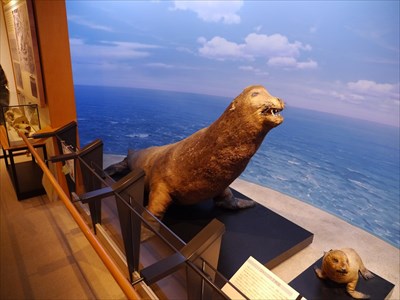
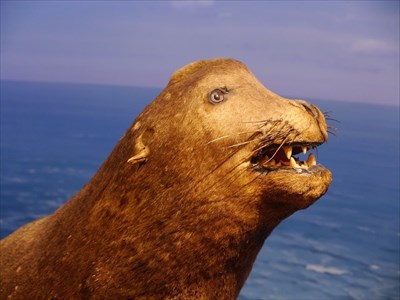
Male Sea Lion: Ryanko the Great
==Digression==
There is a tomb of the retainer of Hamada domain, Shizue Kishi in the precincts of Kannon-ji tenmple. He is a brave Samurai who died in the battle of Iwami-guchi in the second Choshu expedition, defending the barrier alone.
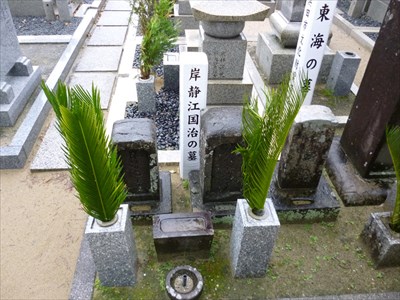
The tomb of Shizue Kishi
A stuffed Japanese sea lions are on display at Shimane Aquarium Aquas. There are two animals, an adult and a cub, but they were caught at different times and are not parent and children.
==References==
- * 児島俊平「龍神さんと石見漁民――文化年代の異常海象について――」「郷土石見」第十一号(1982)